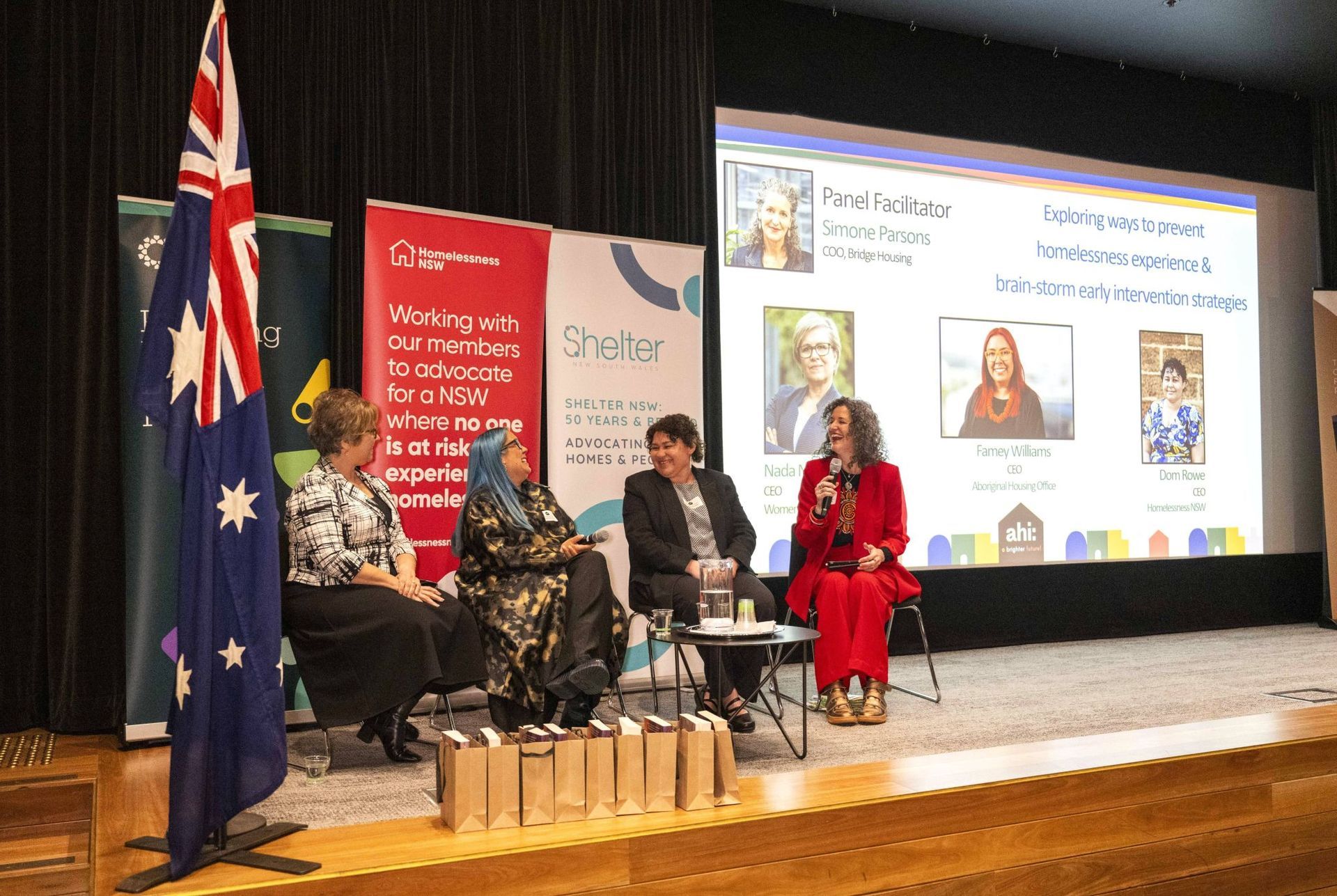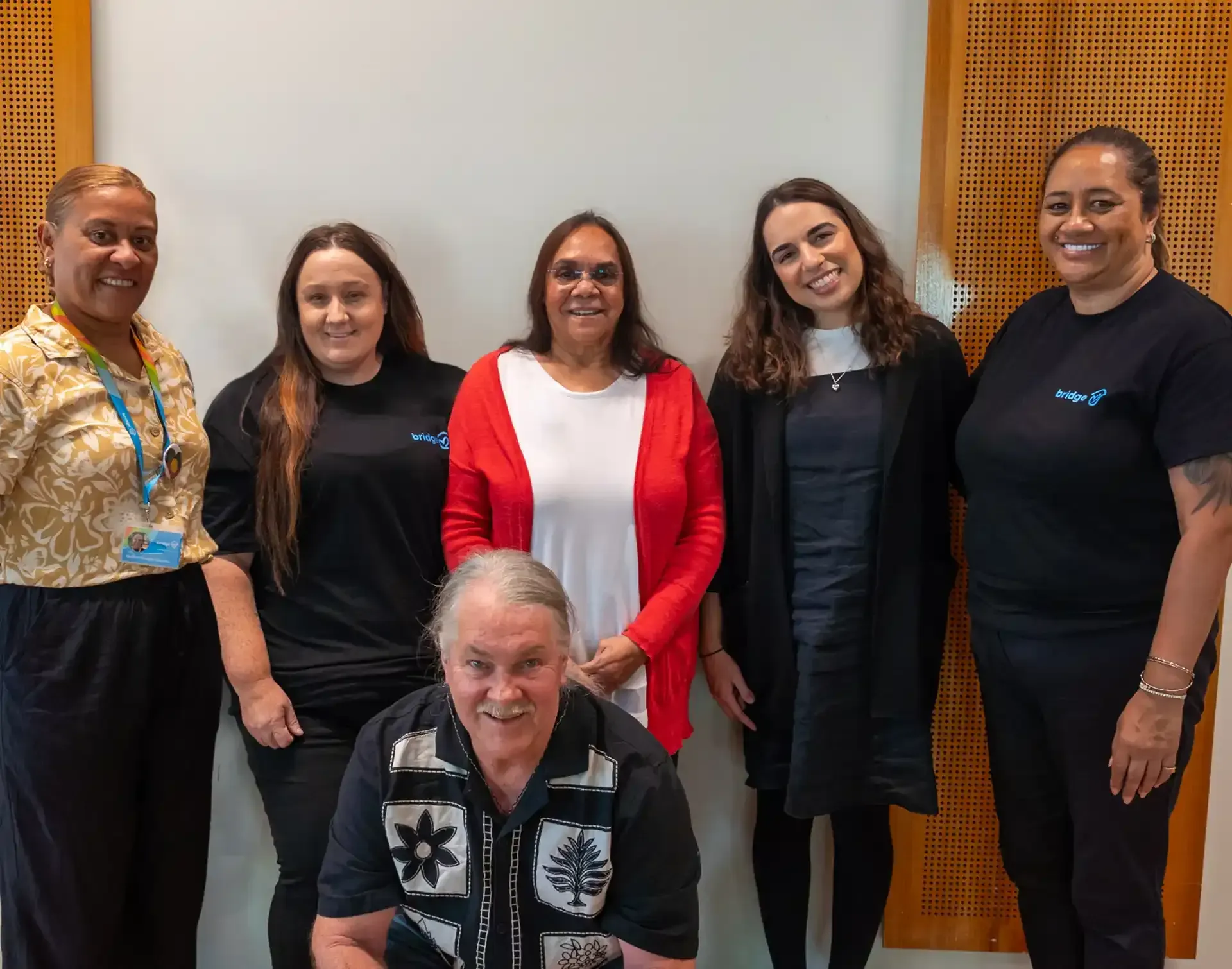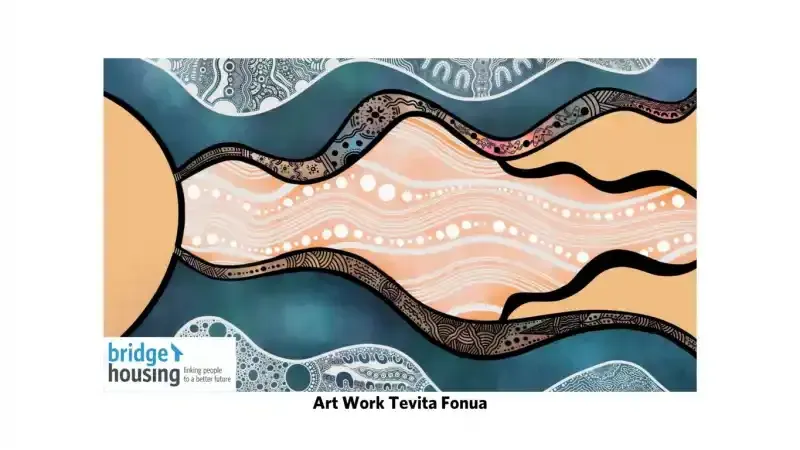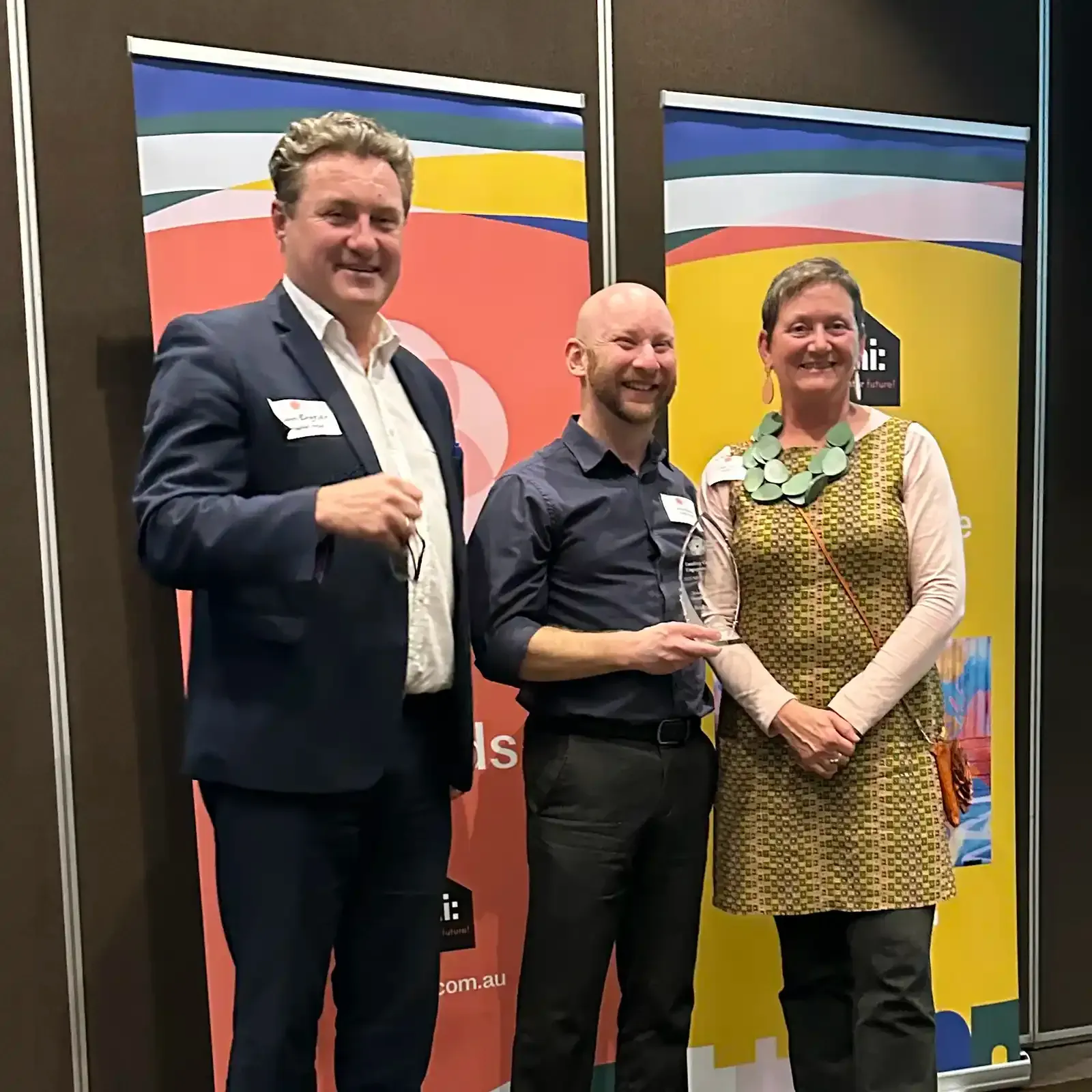A consultative body consisting of Aboriginal and Torres Strait Islander people to advise on issues affecting Aboriginal and Torres Strait Islander people might be a no-brainer, but it's unfortunately still an anomaly in Australia. Jamie Brewer from Bridge Housing talks about putting common sense into practice.
Despite what you may have heard from the naysayers at various times in Australia’s not-too distant past, consultative bodies like Bridge Housing’s Aboriginal and Torres Strait Islander Tenant Advisory Group (ATTAG)—winners of the 2023 ahi NSW Award for Leading Community Engagement Practice—are effective.
Dating back to 2014, ATTAG was established as an important spoke in Bridge’s Reconciliation Action Plan (RAP) wheel. As Jamie explains, “[It] provides a mechanism for our Aboriginal tenants to influence Bridge’s service delivery, and to identify how we can empower tenants to build strong communities and impact broader change.”
Supported by Bridge Housing’s Aboriginal Tenant Participation Officer, the Group meets on a quarterly basis to organise community events, provide Bridge Housing with feedback on their services, and to hear updates from Bridge staff—including the CEO.
Jamie describes ATTAG as a model community engagement structure, which gives Bridge’s Aboriginal clients the opportunity to directly influence decisions and service delivery. The group also enables its members to take action that benefits their community.
From an organisational perspective, Jamie says ATTAG plays a massive role in ensuring Bridge honours its commitments to cultural sensitivity and reconciliation: “The ATTAG has worked closely with Bridge Housing to improve our cultural competence as an organisation, informing our Reconciliation Action Plan and holding us accountable for delivering on our commitments.”
Since it commenced in 2014, ATTAG has enabled Bridge to deliver key initiatives to celebrate Aboriginal culture and excellence. The group has been at the spearhead of various initiatives, like a NAIDOC week art exhibition showcasing the work of Aboriginal Bridge Housing residents, curated by Archibald Prize Winner Blak Douglas.
“In Reconciliation Week 2022, the theme was recognising our elders, and we asked them about how we should celebrate their elders in the community," Jamie explains. "They talked about an art show, so we got an Aboriginal photographer who came in and took portraits of the people who wanted to participate in it from the ATTAG group.”
"She travelled around, took the portraits, listened to their stories, and talked about what's home and how their home helped them on their journey," he continues. "Obviously, people in social housing, especially Aboriginal people, have experienced homelessness at some point, so we hear a lot about that journey in their stories. They come to Sydney and end up living with us, which we're really thankful for."
At the launch event for the exhibition, each of these participants presented their story for five to 10 minutes to the guests.
"It was just such a really positive engagement," Jamie recalls. "You could see how happy the tenants were to be recognised, and then how beneficial it was for our staff and partners who had come along for the night to listen to those stories. They were given the huge photos of themselves as well, which they're really chuffed about too. I think that's a good case study of how our relationship has worked.”
According to Jamie, one of the other remarkable aspects of ATTAG has been the level and quality of its members’ engagement in the wider community. The group has leveraged their unique position as a voice for Aboriginal people to deliver incredible initiatives for their communities, and to make an important contribution to critical research on the impacts of climate change.
Other ATTAG initiatives have included the formation of a Men’s Cave program in Glebe, a toast-masters-style course to upskill Aboriginal people to speak publicly about issues impacting their communities called Redfern Yarn Up, and mentoring and coaching to support Aboriginal women for moving into leadership roles in The Action for Us Sisters project.
Jamie describes working alongside ATTAG as a “joy”. “They challenge us, as well as give us great ideas," he says. "They have been very forthright in what they think is important, and they've definitely influenced a lot of the ways we’ve celebrated Aboriginal culture here at Bridge.”
Based on the advice of ATTAG, a block of 21 units in Sydney was recently acquired, with all the housing allocated to Aboriginal women.
“We're targeting older women who have fallen into homelessness, and younger women who are looking for that beginning to lead out of social housing," he explains. "That's where we're focusing our affordable housing, so they can study and start their careers while living in the city. That's another example of how ATTAG is helping us."
On winning the ahi Brighter Future Award back in 2023, Jamie says it was an important nod for the group members.
“None of the group members could attend [the awards night], so we brought it to them the next time they met, and they were really pleased," he concludes. "It's recognition more broadly than just us internally saying thank you–they see how their contribution has been recognised outside of the organisation.”
The ahi Brighter Future Awards 2025 are now underway! Visit
https://www.theahi.com.au/brighter-future-awards
to find out more.
Share This Article
Other articles you may like









